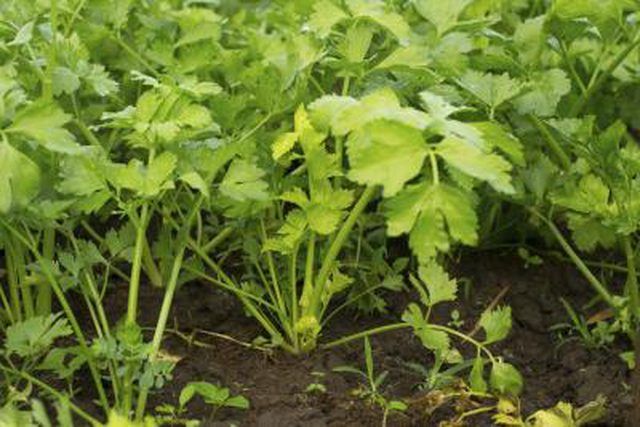Bulbs
Flower Basics
Flower Beds & Specialty Gardens
Flower Garden
Garden Furniture
Garden Gnomes
Garden Seeds
Garden Sheds
Garden Statues
Garden Tools & Supplies
Gardening Basics
Green & Organic
Groundcovers & Vines
Growing Annuals
Growing Basil
Growing Beans
Growing Berries
Growing Blueberries
Growing Cactus
Growing Corn
Growing Cotton
Growing Edibles
Growing Flowers
Growing Garlic
Growing Grapes
Growing Grass
Growing Herbs
Growing Jasmine
Growing Mint
Growing Mushrooms
Orchids
Growing Peanuts
Growing Perennials
Growing Plants
Growing Rosemary
Growing Roses
Growing Strawberries
Growing Sunflowers
Growing Thyme
Growing Tomatoes
Growing Tulips
Growing Vegetables
Herb Basics
Herb Garden
Indoor Growing
Landscaping Basics
Landscaping Patios
Landscaping Plants
Landscaping Shrubs
Landscaping Trees
Landscaping Walks & Pathways
Lawn Basics
Lawn Maintenance
Lawn Mowers
Lawn Ornaments
Lawn Planting
Lawn Tools
Outdoor Growing
Overall Landscape Planning
Pests, Weeds & Problems
Plant Basics
Rock Garden
Rose Garden
Shrubs
Soil
Specialty Gardens
Trees
Vegetable Garden
Yard Maintenance
Parts of the Celery Plant
Parts of the Celery Plant. Celery (Apium graveolens) thrives in temperatures between 55 and 65 degrees Fahrenheit, making it a suitable spring or fall vegetable crop in cool climates or a winter crop in warmer locations. It grows as a biennial in U.S. Department of Agriculture plant hardiness zones 2 through 10, but celery is most often treated as...

Celery (Apium graveolens) thrives in temperatures between 55 and 65 degrees Fahrenheit, making it a suitable spring or fall vegetable crop in cool climates or a winter crop in warmer locations. It grows as a biennial in U.S. Department of Agriculture plant hardiness zones 2 through 10, but celery is most often treated as an annual. All parts of the celery are edible, although it's usually grown for its crisp, mild stalks.
Root Matters
Celery has weak, shallow roots that thrive in moist, rich soil. Working a 2- to 4-inch layer of compost into the top 6 inches of soil before you plant encourages healthy root growth a better-producing plant. At maturity, celery roots are fibrous with a few thick, short taproots branching out from the base of the stalk. Although celery is most often gown for its stalks, the roots are also edible either cleaned and cooked or dried and ground as a seasoning.
Stems and Stalks
The stems, also called stalks or ribs, are long with a half-moon shape. Several stalks grow from the root system in a tight bunch. At maturity, the bunch reaches up to 3 inches in diameter and the stalks measure 18 inches or more in length. Larger stalks tend to be more fibrous and stringy, while smaller stalks are more tender and have a milder flavor. Celery becomes bitter with too little water and too much sun exposure. Providing 1 to 2 inches of water weekly so the soil remains consistently moist improves flavor. Wrapping the stalks with burlap or placing top- and bottom-less cardboard tubes around the bunches about two weeks before harvest blocks the sunlight so the stalks produce less chlorophyll, which also lessens bitterness.
Foliage Features
Feathery celery leaves grow mainly at the top of the stalks. The foliage grows in bunches, with each leaf having three serrated lobes. Leaves vary in color from dark green to pale yellow, depending on the celery variety and the amount of sunlight the plant receives. The flavor is usually slightly stronger and sometimes bitter compared to the stalks. Aphids, small pear-shaped insects that feed on plant sap, sometimes attack the underside of the leaves. You can rinse off these pests with a sharp spray of water or drench them with a ready-to-use insecticidal soap to kill them immediately.
Flowers and Seeds
Flowers usually grow in the second year of planting, so celery grown as an annual vegetable crop rarely blooms. The flowers are small and white, forming a dense cluster, or umbel, atop the stalks. After flowering, successfully pollinated flowers produce seeds. Celery seeds are light brown and oval with raised ridges running their length. They have a slightly peppery, celery-like flavor and they are sometimes grown as a kitchen herb. The seeds germinate most readily at temperatures between 70 and 75 F, and they take up to 21 days to sprout.